Algoma Central locomotives provided a bit of variety in northern Ontario railroading.
For a railroad its size, ACR owned a variety of steam power. The first engines were secondhand, including 11 acquired in 1899: four Lehigh Valley 4-6-0s and seven ex-Chicago, Burlington & Quincy 0-4-0s. ACR’s first new power, four Baldwin 2-8-0s, arrived in 1900, and two years later came two 0-6-0s from Canadian Locomotive Co. The Consolidation type would become ACR’s dominant road power until World War II. By 1926 all steam from ACR’s early years was gone, leaving five 4-6-0s and 15 2-8-0s purchased in 1911-12.
ACR also owned a pair of 2-10-2s, Nos. 50-51, built in 1929 by CLC to handle coal trains from the Michipicoten docks to the Canadian National interchanges at Oba and Hearst. ACR soon discovered, though, that the track and bridges on its north end couldn’t handle the big engines, and similar problems were found on the curves and grades of the Michipicoten branch. Until the end of steam in 1952, the 2-10-2s were assigned to the road’s south end. ACR also owned the only two 4-8-0s to run in Canada, Nos. 25-26, which came from the Iron Range & Huron Bay in 1902. They were sold in 1917.
During 1940-43, World War II traffic required bigger engines, so ACR bought secondhand 2-8-2s: two from Virginian Railway, seven from the Wabash, and eight from Minneapolis & St. Louis.
Algoma Central locomotives changed when it was the first major railroad in Canada to dieselize, in 1952. In 1950 it tested EMD FP7 demonstrator 7001, and was convinced, but instead of F units, ACR went for GP7s. The road ordered 21 (Nos. 150-170), plus SW8 switchers 140 and 141, from the General Motors Diesel plant in London, Ont., for 1952 delivery. All came painted in the attractive maroon, yellow, and gray scheme identical to that of Delaware, Lackawanna & Western’s diesels. A decade later, in 1963, came GP9s 171 and 172 from GMD, a model last built in the U.S. in 1959; they were the last GP9s built. Demonstrator 7001, incidentally, was sold to the Soo Line and runs today in Soo maroon at the railroad museum in Duluth, Minn.
The 1970s finally brought “second-generation” power to ACR: three SD40s in 1971 and six SD40-2s in 1973. A decade later, ACR bought six GP38-2s, its last new power. With the newer units came the retirement of many of the venerable Geeps, but in 1978 ACR had nine of the GP7s rebuilt: five at GMD and four at CN’s Transcona Shops in Winnipeg. ACR’s last diesels arrived in 1994: GP40-2s 190-191, rebuilt by National Railway Equipment from Milwaukee Road GP40s.
Steelton yard and shop complex adjacent to Algoma Steel in the Soo maintained Algoma Central locomotives and cars. In deference to the region’s winter weather, one building housed an indoor turntable.





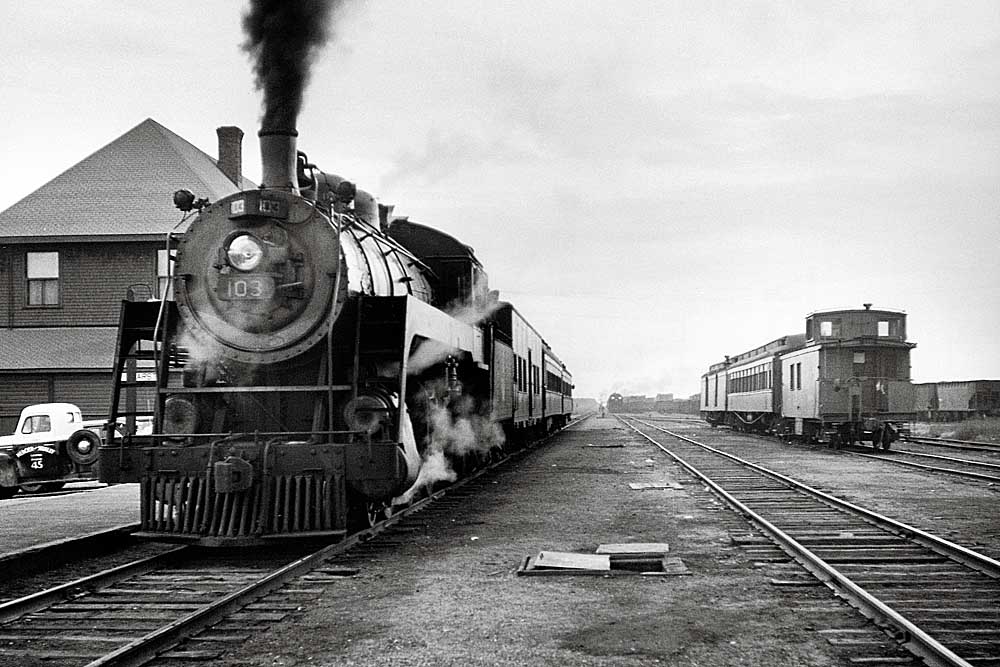

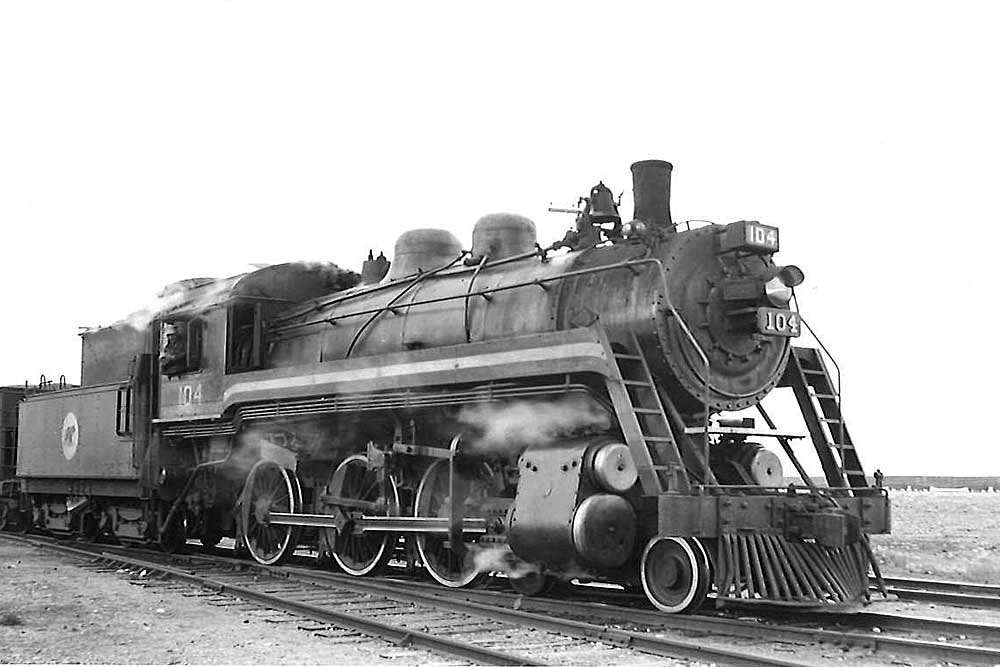

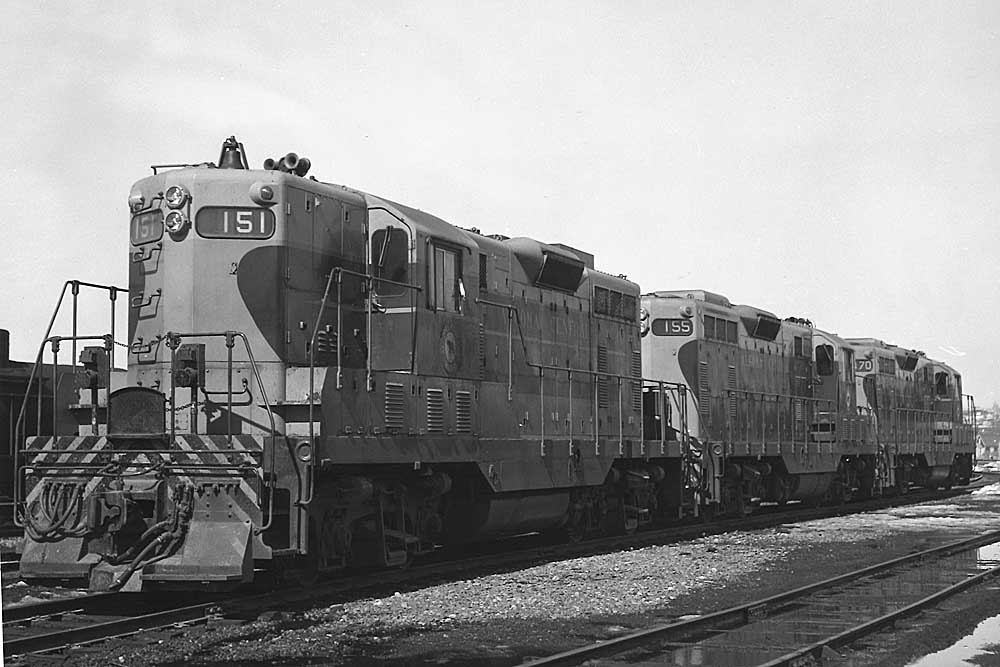

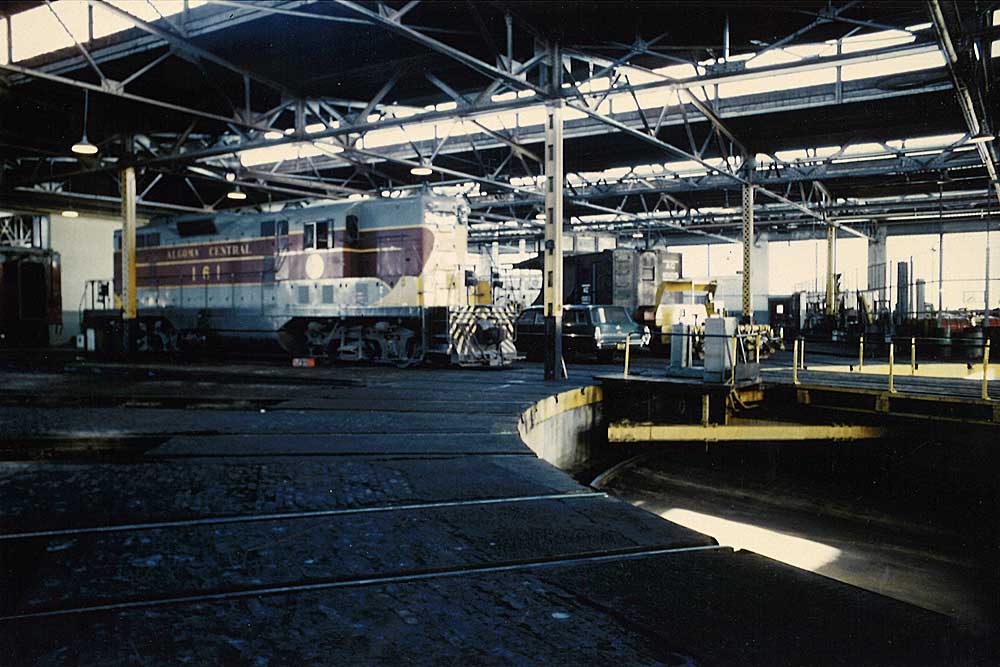

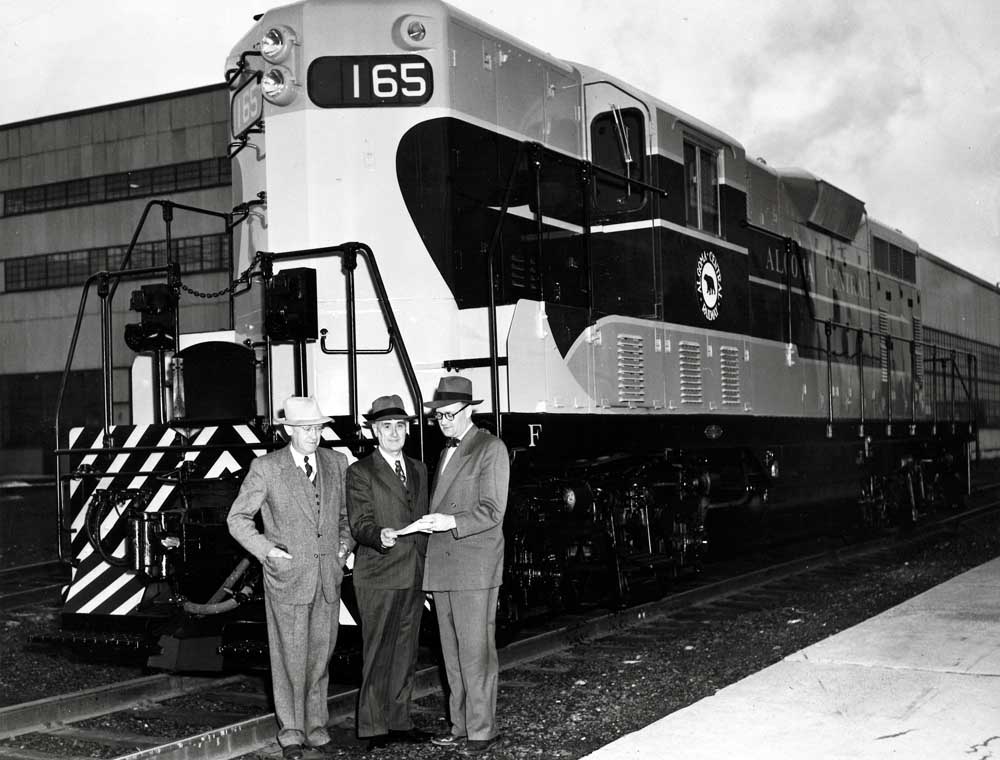

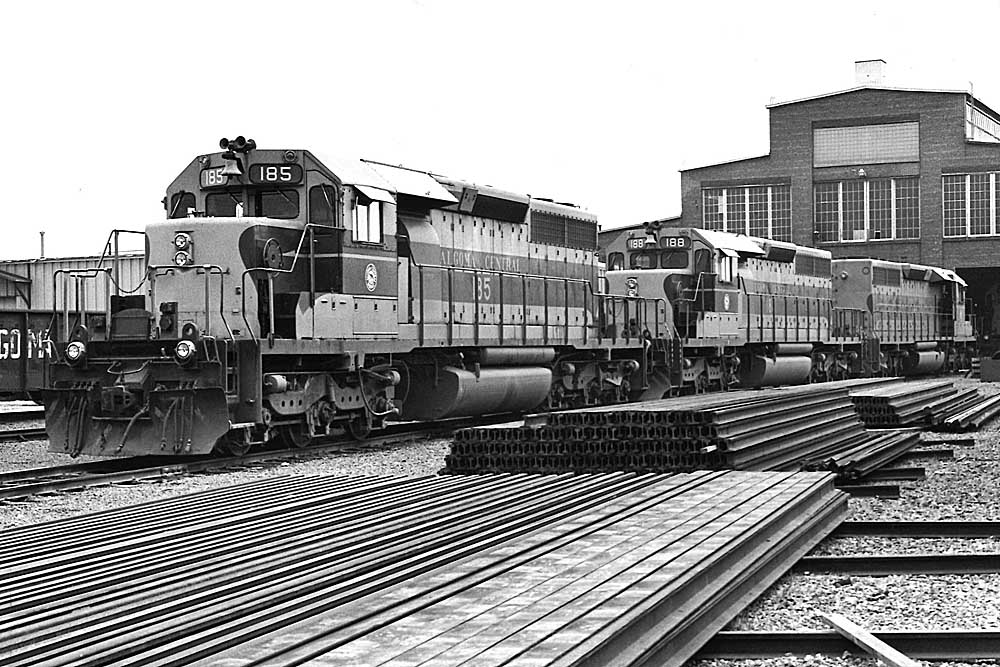

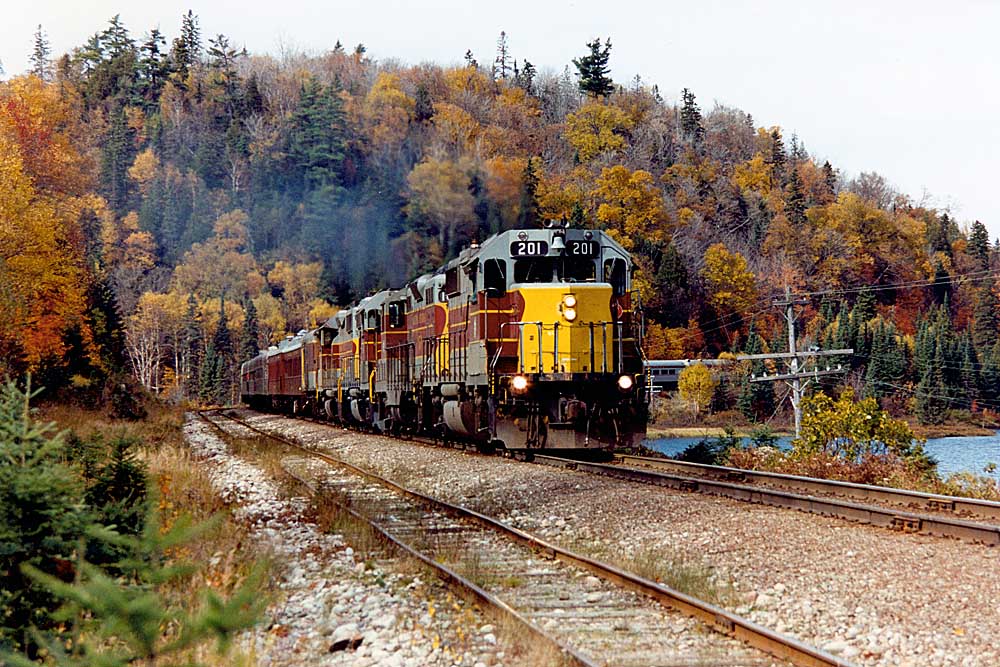

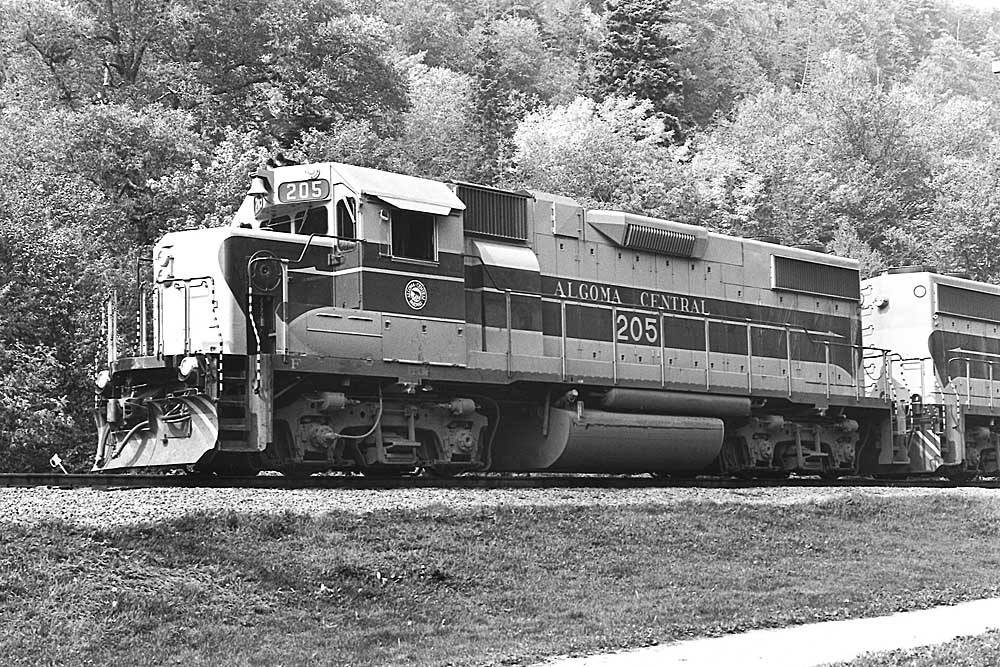

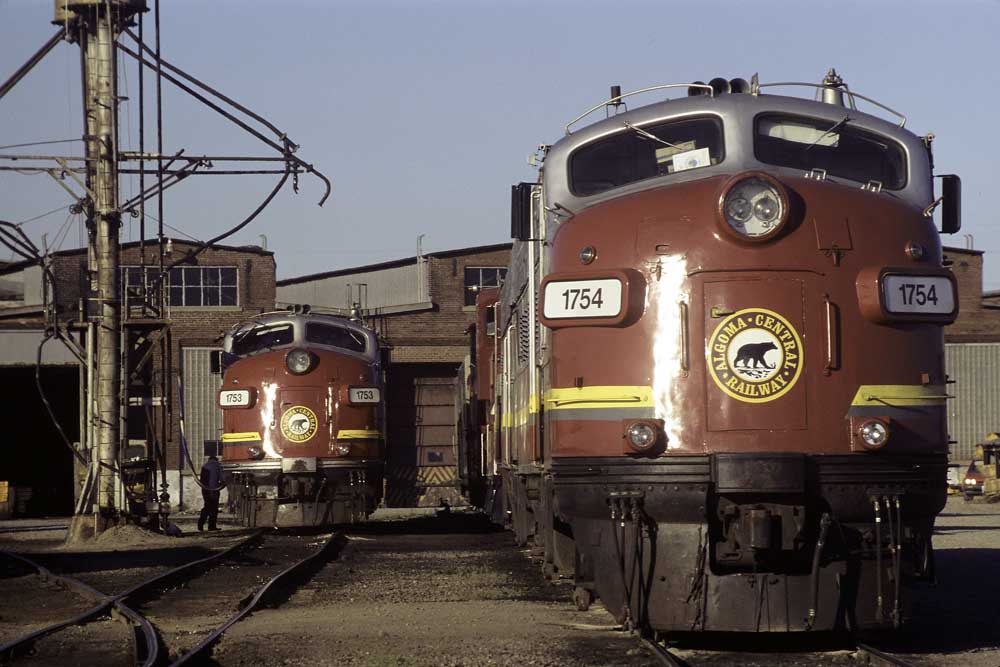


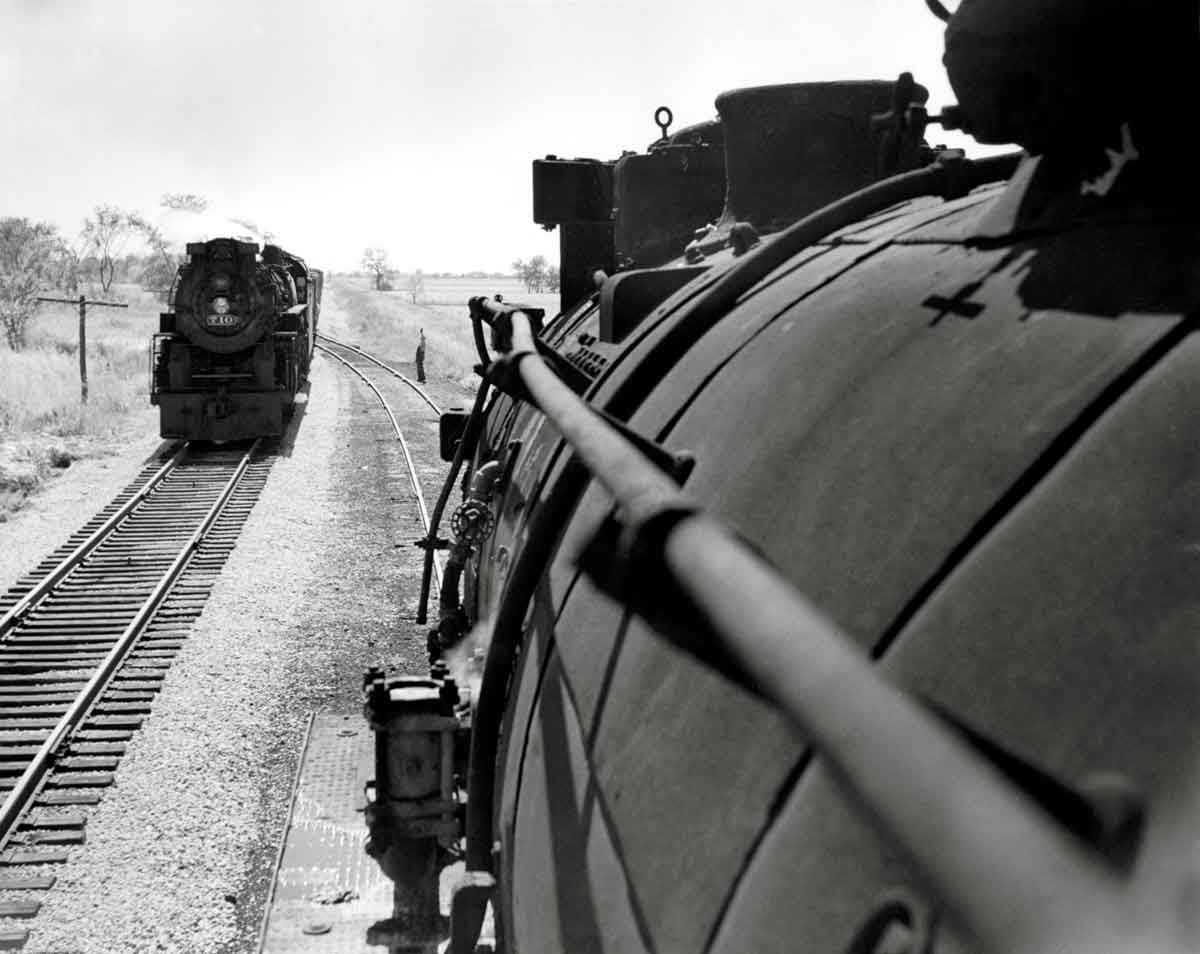

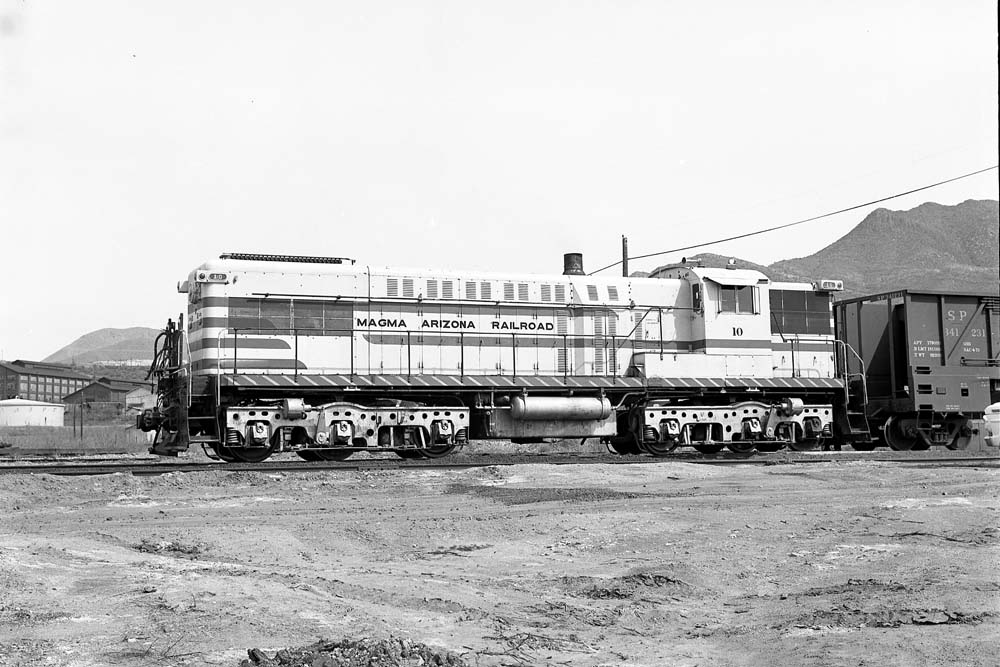
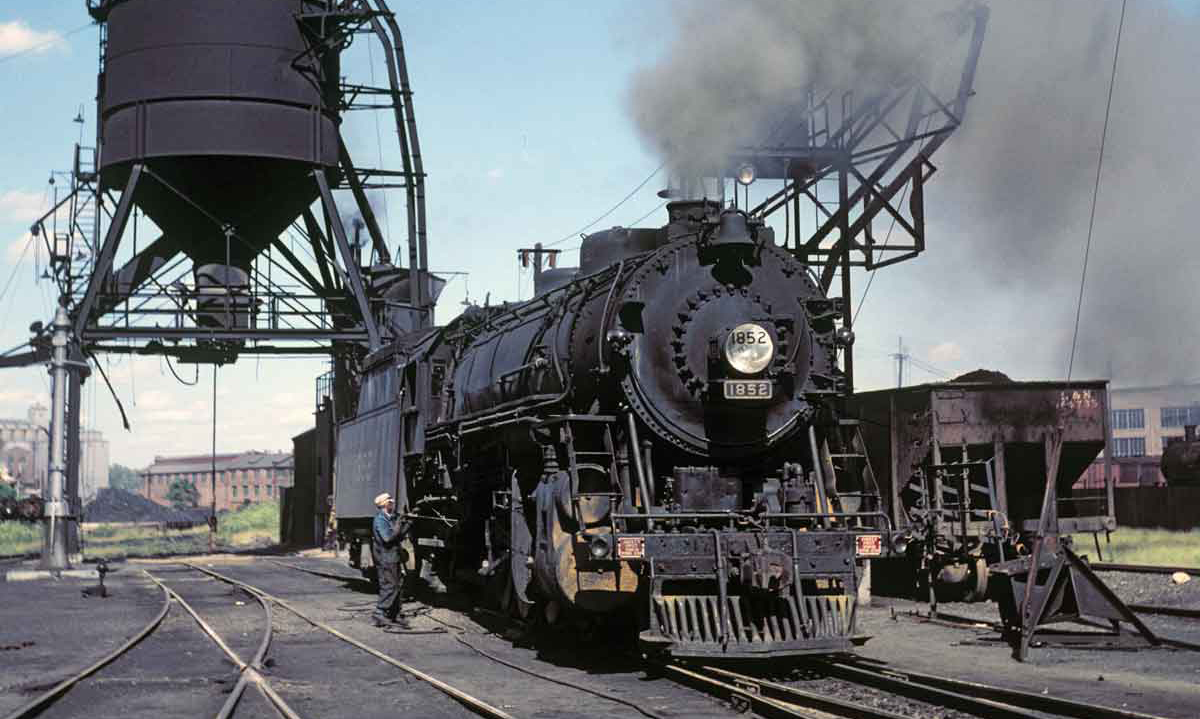




Somebody needs to re-count those wheels I suspect? Looks like a ‘Ten-wheeler’ to this mug.
Cheers ‘Rusty-Shunter’ down-unda.